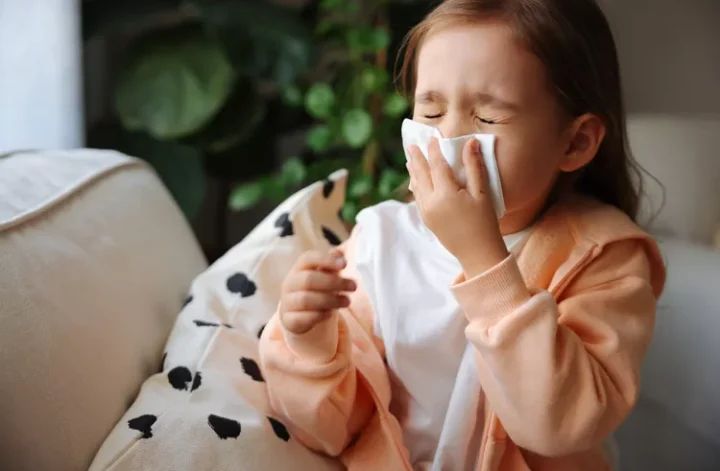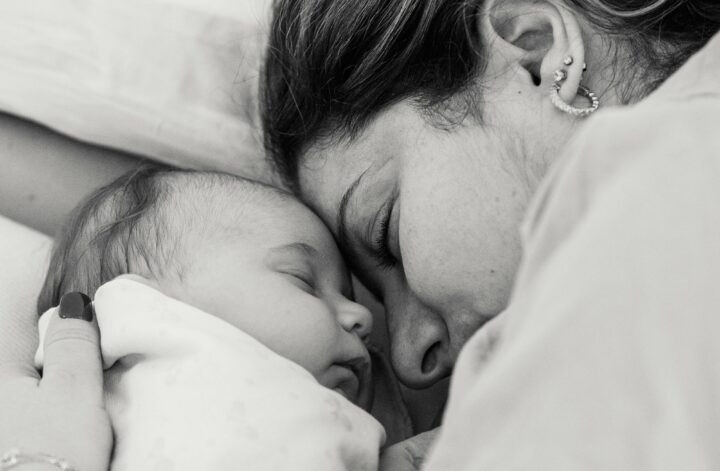Childhood allergies are becoming increasingly common, and for parents, managing them can feel like navigating a maze. Allergies in children range from mild sensitivities to potentially life-threatening reactions, which makes understanding them critical for keeping your child safe. Whether you’re dealing with food allergies, environmental allergens, or sensitivities to pets or insect bites, here’s what every parent should know.
Understanding Allergies in Children
An allergy is an overreaction of the immune system to substances that are typically harmless. In children, the most common allergens include food, pollen, dust mites, pet dander, mold, and insect stings. Symptoms can vary widely, from sneezing and itchy eyes to more severe reactions like difficulty breathing or anaphylaxis.
Common food allergens include milk, eggs, peanuts, tree nuts, soy, wheat, fish, and shellfish. Environmental allergens like pollen and dust mites can cause respiratory issues, especially in children with asthma. Pet allergies can manifest as sneezing, skin reactions, or even asthma symptoms after exposure to animal fur or saliva.
Recognizing the Signs of an Allergy
One of the first steps to managing childhood allergies is recognizing the symptoms. Mild allergic reactions may cause a rash, runny nose, or itchy eyes. More serious reactions might include vomiting, hives, swelling, difficulty breathing, or anaphylaxis—a life-threatening emergency.
If you suspect your child has an allergy, it’s important to monitor their reactions closely. Sometimes, symptoms may not appear until hours after exposure. Keeping a journal of your child’s symptoms and any possible triggers can help healthcare providers identify the allergen.
Getting a Diagnosis
If your child shows signs of an allergy, consult your pediatrician or an allergist. A formal diagnosis is key to managing the condition effectively. Allergists may use a combination of skin prick tests, blood tests, or elimination diets to pinpoint the specific allergens.
Understanding the type and severity of your child’s allergies will help determine the best course of action. For example, children with mild food allergies may only need to avoid the allergen, while those with severe reactions might require an emergency epinephrine injector (EpiPen) to treat anaphylaxis.
Managing Allergies at Home and School
Once an allergy is diagnosed, a clear action plan is necessary to prevent reactions. For food allergies, this means carefully reading food labels, educating family members, and ensuring safe meal preparation. Schools should also be informed about your child’s allergies, especially if they have life-threatening food allergies or asthma. Collaborate with teachers and school staff to develop an allergy management plan that includes emergency protocols and access to medications like EpiPens.
In addition to managing food allergies, keeping allergens like dust mites, pet dander, and mold at bay can help reduce environmental triggers. Use hypoallergenic bedding, frequently vacuum, and consider air purifiers to minimize allergens in your home.
Teaching Your Child About Their Allergies
As your child grows, it’s important to educate them about their allergies. Teach them how to identify and avoid triggers, and make sure they know the importance of alerting an adult if they start to feel unwell. For older children, teaching them how to use their medications, such as inhalers or EpiPens, can help them feel more empowered and prepared.
The Emotional Impact of Allergies
Beyond the physical management of allergies, it’s essential to address the emotional side. Children with severe allergies may feel left out during social events or anxious about potential exposures. Supporting your child emotionally, offering alternative treats, and advocating for inclusivity at school can help them feel more comfortable.
Conclusion
Managing childhood allergies can feel overwhelming, but with the right knowledge and preparation, you can keep your child safe and healthy. By recognizing the symptoms, seeking a proper diagnosis, and working closely with schools and caregivers, parents can effectively navigate the challenges of childhood allergies. With time and care, your child can live a full and active life, even with allergies in tow.




